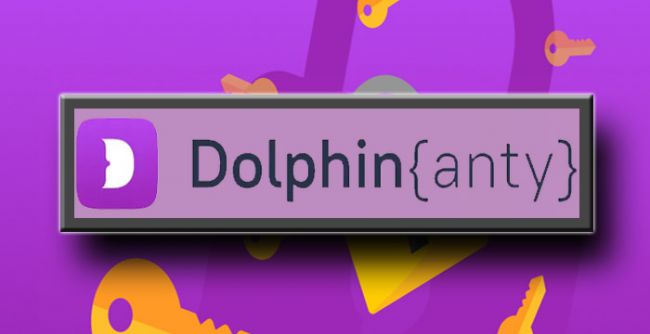Within just two years of its inception, Chinese artificial intelligence company DeepSeek has emerged as a formidable force in the global AI race. Founded in 2023 by hedge fund magnate Liang Wenfeng, DeepSeek is swiftly closing the gap between Chinese and Western advancements in large language models (LLMs), earning recognition from global industry leaders and tech giants.
From Finance to Frontier AI: The Birth of DeepSeek
Liang Wenfeng, formerly known for co-founding High-Flyer, a hedge fund renowned for AI-driven quantitative trading strategies, ventured into AI research with DeepSeek. The company was established with a vision to develop AI models that prioritise efficiency, cost-effectiveness, and open-source contribution over immediate monetisation.
DeepSeek made headlines in November 2023 with the release of DeepSeek Coder, an open-source LLM fine-tuned for programming and code-related tasks. This was quickly followed by its first general-purpose model, DeepSeek LLM, in December 2023.
In May 2024, the company launched DeepSeek-V2, a high-performance model that outpaced many competitors in terms of efficiency. The biggest leap came with DeepSeek-V3, introduced in December 2024. Featuring 671 billion parameters, DeepSeek-V3 is a Mixture-of-Experts (MoE) model that delivers top-tier performance while cutting training costs significantly, just $5.58 million over 55 days, a fraction of what global leaders spend on similar models.
Disrupting the Market: Efficiency That Sparks a Price War
The launch of DeepSeek-V2 in mid-2024 triggered a price war among Chinese AI providers. Companies like ByteDance, Tencent, Baidu, and Alibaba were forced to slash prices to remain competitive. In contrast, DeepSeek maintained profitability even with its aggressively low pricing—highlighting the company’s efficient training methodology and strategic focus on research over rapid monetisation.
Global Recognition and Strategic Caution
The impact of DeepSeek hasn’t gone unnoticed. Satya Nadella, CEO of Microsoft, recently referred to DeepSeek’s “R1” model as the new benchmark for efficient and accessible AI development.
Despite its innovation, DeepSeek treads carefully around China’s AI regulatory framework. By not offering consumer-facing AI services directly, the company has largely avoided the rigorous compliance requirements tied to end-user applications.
_1743578502.png)
Hiring the Future: A Talent Strategy Rooted in Fresh Perspectives
Interestingly, DeepSeek’s workforce reflects a shift from traditional tech hiring models. The company actively recruits recent university graduates and individuals from diverse academic backgrounds, including literature and mathematics, to enrich its language models with deeper context and broader knowledge.
Challenges
- Censorship:
DeepSeek blocks or avoids sensitive topics like Tiananmen Square and Taiwan to follow Chinese government rules. - Chip Dependency:
The company still depends on Nvidia chips from the U.S., which could be a problem if supply issues arise. - Data Leak:
A security issue in early 2025 exposed chat logs and API keys.
It was quickly fixed, but some Australian universities stopped using the app due to privacy concerns.
Future of DeepSeek
With no plans for direct commercialization in the immediate future, DeepSeek continues to focus on advancing LLM research and contributing to the broader open-source community. As it refines its technology and deepens its capabilities, the company is poised to become not only a top contender in the global AI arms race but also a model of how lean, focused innovation can disrupt even the most entrenched industry players.
Post Comment
Be the first to post comment!
Related Articles

HINAI Web: A Complete Hospital Management System
Apr 2, 2025


